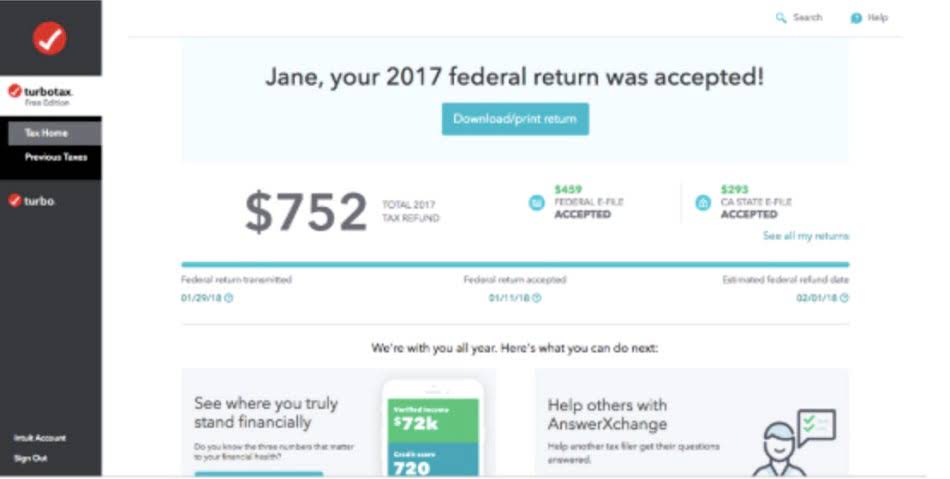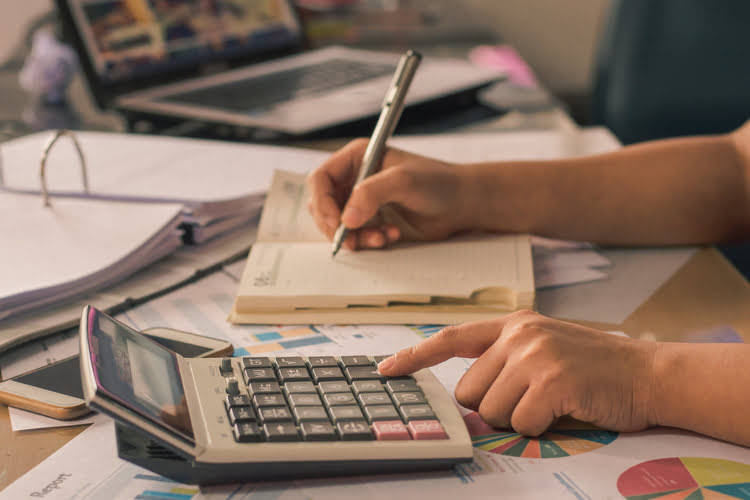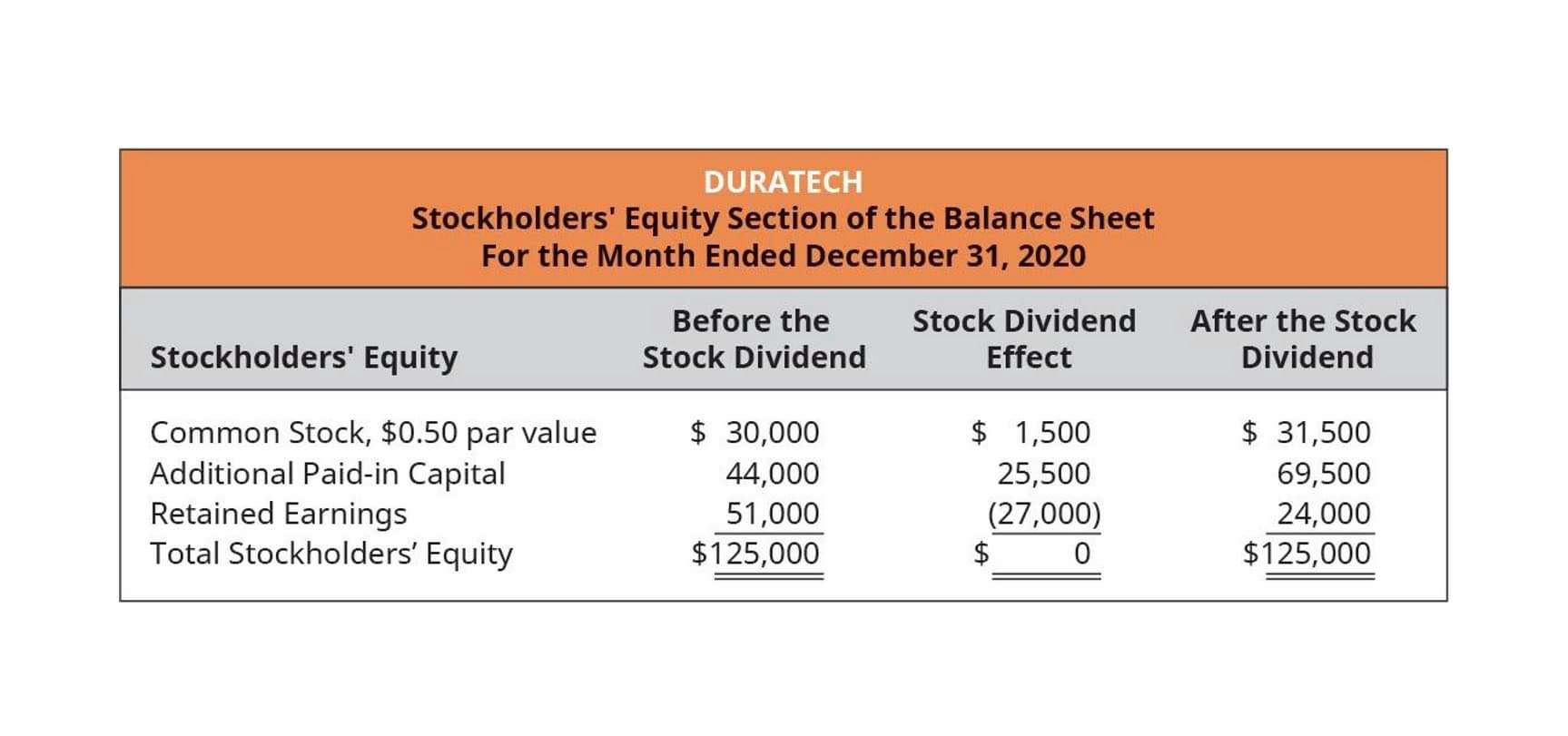The service you decide to use depends on the needs of your business and may include extra features such as payroll or tax documents. Financial statements are records of a business’s monetary activity. It’s essential you http://www.sport2002.ru/l/effektivnost/ understand these reports, so you can manage a company effectively and stay compliant. If you recognise revenue when you receive cash and recognise expenses when you pay them, you should use cash-based bookkeeping.
His book became the teaching tool for bookkeeping and accounting for the next several hundred years. Bookkeeping became a recognised profession in the UK and US in the 1800s. But it’s in the 15th century that the roots of modern bookkeeping can be found.
Get a bookkeeping certification.
So if you’re meticulous, have a head for numbers and enjoy problem-solving, bookkeeping offers you countless career choices. If you are considering a new career path in bookkeeping, we hope that this will inspire you to gain bookkeeping qualifications http://www.gitaristu.ru/accords/letter/m/misc_traditional/long_black_veil_(akkordy) and make your dream a reality. With experience and training, you could become an accounting technician and take on more complex work. You may be able to learn useful skills from volunteering to help organise a small charity’s finances.
They also involve performing in-depth data analyses and having a strong understanding of legal principles. Bookkeepers have a crucial role in ensuring records are organised and compliant. This is useful in preparation for audits, as well as in drafting financial reports and tax returns.
Single-entry Bookkeeping
An income statement is the final key report of a company’s performance. It ultimately shows how profitable, efficient and sustainable a company is and is incredibly useful for planning. Simply put, business entities rely on accurate and reliable bookkeeping for both internal and external users. It’s essential for spotting trends and understanding what action is needed. In that respect, accountants play a more active role in advising businesses on their next financial move.
- But they won’t be able to help you with tax planning or handling your tax return.
- They will make use of a company’s cash flow statement, income statement, balance sheet, and other reports.
- While single-entry bookkeeping is simpler, double-entry is more thorough and less likely to produce errors.
- A Bookkeeper is responsible for recording and maintaining a business’ financial transactions, such as purchases, expenses, sales revenue, invoices, and payments.
- With their variety of skills and tasks, bookkeepers come in many shapes and sizes.
If all your mental powers have been focused on getting your business off the ground, you might not yet fully understand what a bookkeeper does. In this guide we break down the day-to-day role of a bookkeeper, and why a good one is worth holding http://start.crimea.ua/eskiz-budushhego-kieva-kak-peremenyi-v-zhiloy-zastroyke-transformiruyut-stolitsu-i-opyit-kievlyan onto. As your business grows or you need more complex financial reporting, it would make sense to hire a professional bookkeeper. You can do your own bookkeeping, especially as a small business with a few straightforward transactions.
Skills
You can choose to become a full-time or part-time bookkeeper for an established business, or you can also do freelance. Once you have enough qualifications or had specific progression in a bookkeeping job, you can progress further to different branches from accounting to auditing. Moreover, you can also start your own business and become your own boss. In order to know what is bookkeeping and start a career as a bookkeeper, it is necessary to see the importance of bookkeeping.
- Most businesses use an electronic method for their bookkeeping, whether it’s a simple spreadsheet or more advanced, specialized software.
- Therefore, becoming a bookkeeper can be your first step in creating an accounting career.
- Bookkeeping became a recognised profession in the UK and US in the 1800s.
- Hence, informed budgeting and resource allotment decisions are easier.
- Typically, single entry bookkeeping is suitable for keeping track of cash, taxable income, and tax deductible expenses.
- We also know that ancient Egyptians, Greeks and Romans all kept accounting records.





